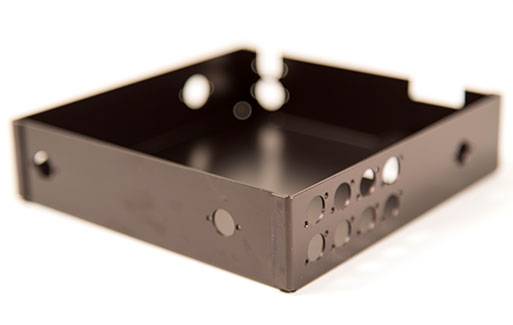Metal Stamping
Custom Press Metal Prototypes
At Formero, we pride ourselves on being able to produce top quality metal stamping parts, ranging from electronics housings to custom fabricated and welded assemblies. We supply press metal prototypes and end-use parts to range of industries in Australia and New Zealand working directly from your CAD files. Supplying quantities as low as one or as high as several hundred.
If you need higher quantities, we can create production tooling, progressive dies, and assembly fixtures.
Our highly-experienced project managers will help work with you to understand your prototype and production needs and we’ll walk you through the available materials and processes to get you your parts on time and within specification every time.
Materials Available:
- Aluminium
- Steel
- Stainless Steel
- Copper
- Brass
- Galvanised & Galvanneal steel
- Low Carbon Steel
- Tinplate SPTE
- Beryllium Copper (C1720)
- Nickel Silver (C7521)
- Phosphor Bronze (C5191)
- Spring Steel (SK7 and SK5)
- Hot-Rolled Steel (SPHC).
Processes
Stamping is a cold-forming method that transforms flat metal blanks into various shapes. The process uses a tool and die, which when impacted changes the form of the metal through the use of pressure. Stamping can be understood as a broader term within sheet metal fabrication and encompasses punching, bending, as well as embossing and flanging, which entails swiping the sheet of metal in such a way to form flanges.
Bending is achieved using press brakes, rolling machines and other equipment, which create standard shapes such as U-bends or V-bends.
Punching is a technique used to created holes in a metal sheet. The method relies on a punch and die (often made from a hard metal), which use shear force to perforate holes into the metal sheet.
Welding can be achieved using a range of methods, including stick welding, MIG and TIG. Welding is only necessary if a product is made up of two or more separate components. Once parts are joined they can be finished using a variety of post-processing methods, such as powder coating, anodising and bead blasting.
Ready to speak with us?
If you have questions please feel free to contact us.







